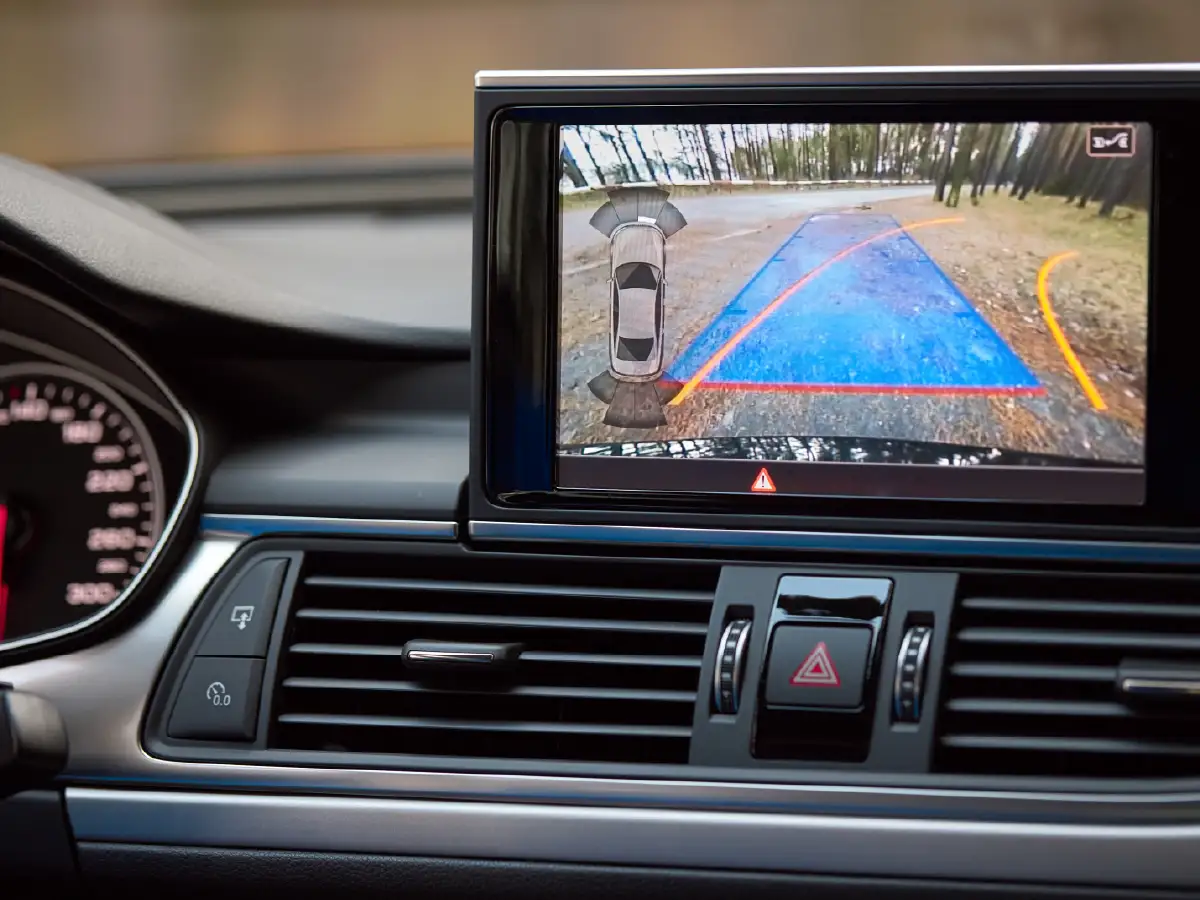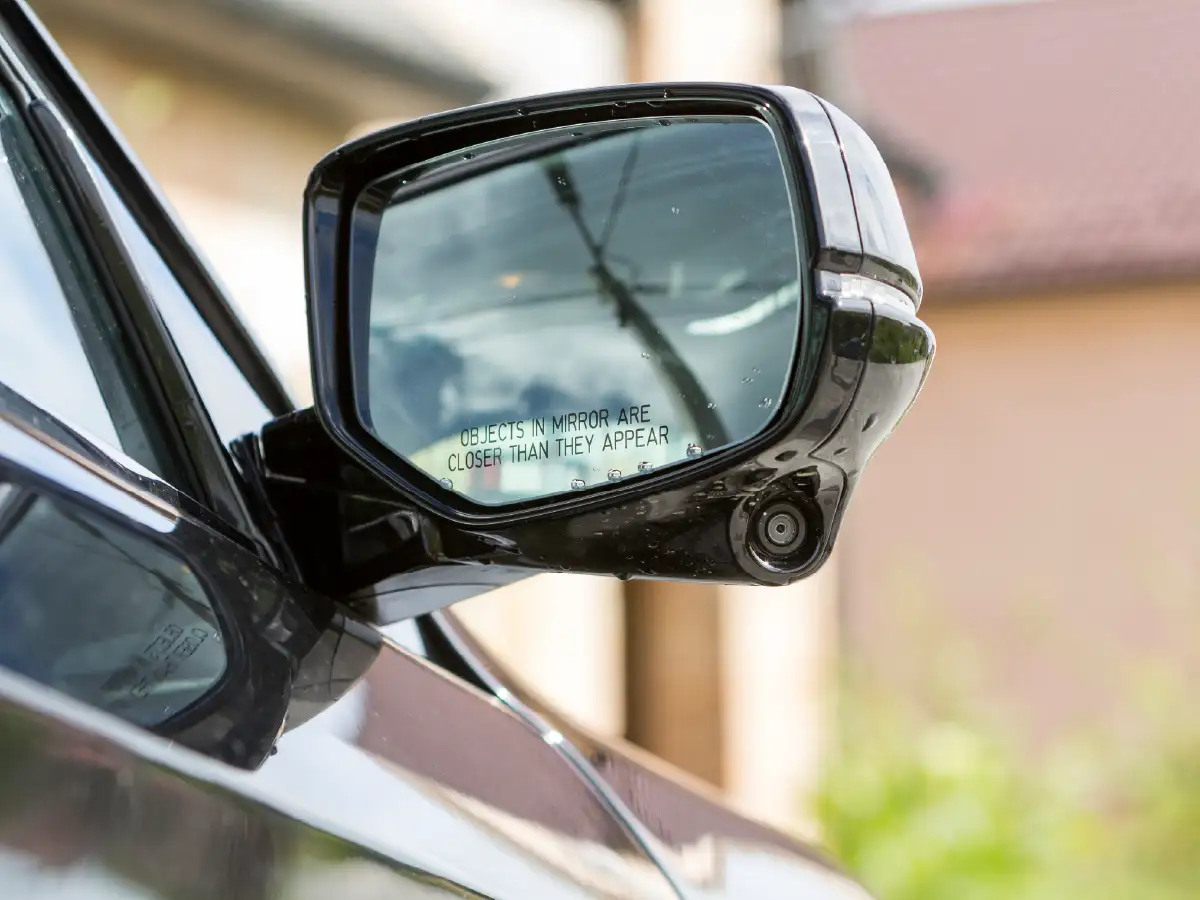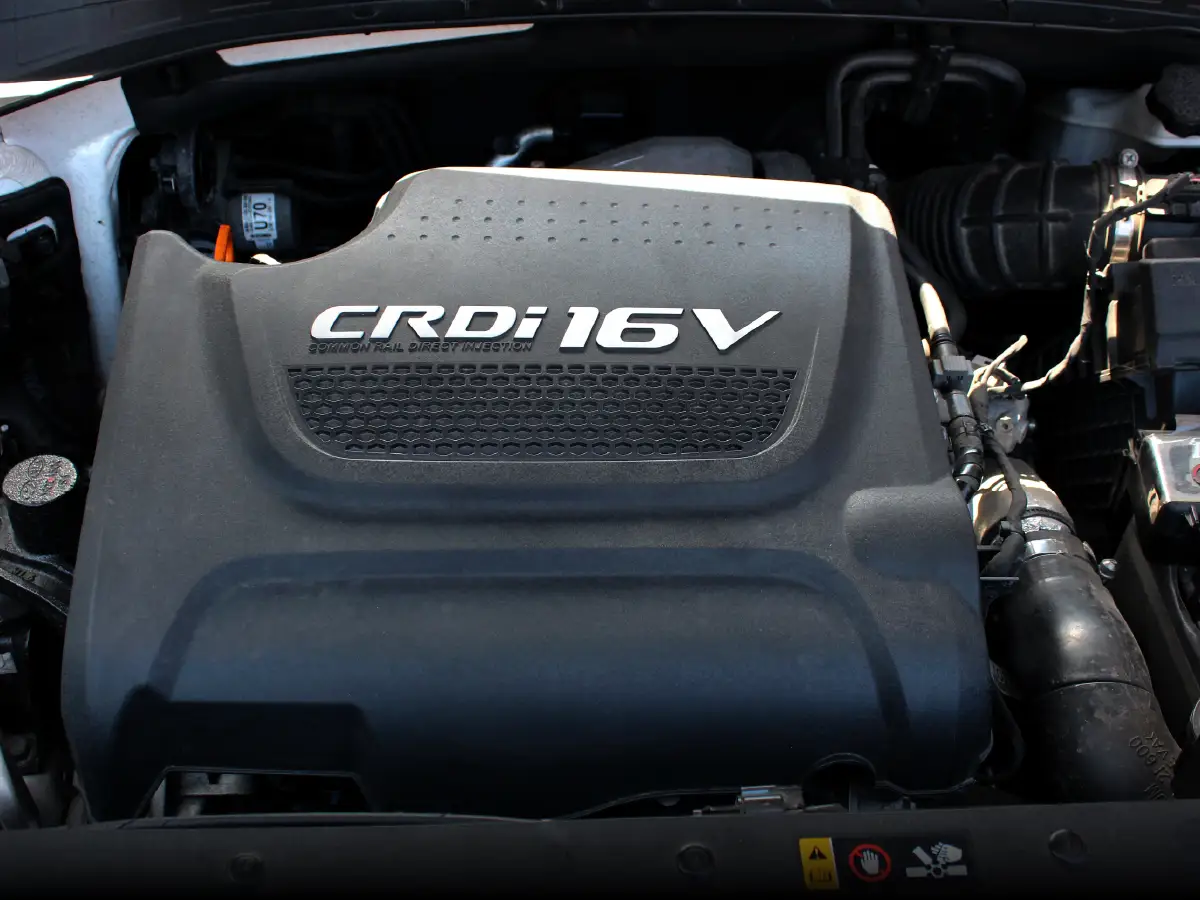There is no underestimating the fact that you must be careful and mindful to keep your car running without problems. Manufacturers put their products through rigorous testing to determine their machines' limits - regularly drive the same machines to the same limits, and something will break. Engine maintenance is about taking care of your car after you drive it and how you treat it while driving it. A healthy car engine guarantees a smooth driving experience, good performance and good mileage. Conversely, an uncared-for engine will be noisy and rough, pollute excessively, and quickly form a deep hole in your pocket. Here are ten tips to follow to prevent the need for regular car engine repairs:
1) Engine Warm-up

Essential parts of your car’s powertrain, including the engine and the exhaust, must warm up before they can work to their full potential. How this ideal temperature is achieved depends on your car's age.
In older cars, the manufacturer recommended letting the engine idle after a cold start until the engine temperature gauge readout was at the optimum level. In modern cars, the system is designed to heat up the powertrain quickly; idling a car is not required. When warming up a cold engine, manufacturers recommend not to allow the engine to idle or apply full throttle until the engine has reached operating temperature. Allow the engine to warm up by driving.
A warmed-up engine also means fluids like the engine oil and coolant, along with parts like the catalytic converter, are at their optimum working condition. This will prevent unwanted pollution and keep those parts as good as new for longer.
2) Avoid Hard Acceleration

Driving aggressively exponentially increases the chances of an accident, reduces your car’s mileage, and accelerates wear and tear. Some critical components, like the many tensioned belts, can be stressed harder during aggressive driving, and any one of them breaking can lead to costly repair bills very quickly.
Your engine's cooling system can get overwhelmed if you drive aggressively for too long. Systems like the air conditioner depend on the engine for power—an aggressive driving style will force the ECU to shut them off to reduce the engine's load, making the car uncomfortable to sit in.
3) Follow the Maintenance Schedule

Your car’s owner's manual is a well-researched guidebook of best practices for a tension-free, long-term driving experience. Every manual has a detailed list of your car's various parts and when they need to be inspected and replaced. While the list of parts to inspect is long, the schedule is given in an easy-to-comprehend tabular format, making it easier to follow a maintenance schedule.
With experience, some owners can tweak the service schedule to extend the timeline between services. Of course, this comes with its own set of complications.
Whatever method you follow, you must follow a maintenance schedule to keep the engine and related parts in the best condition.
4) Don’t Ignore the Signs

It doesn’t have to be the dreaded check engine light illuminating; your car can give other signs that something’s wrong. Be alert and don’t ignore them - a big, expensive problem may follow these signs. Some of the common signs that your engine needs help are:
- Squealing sound - indicates a problem with one of the many belts connecting critical components in and around the engine. The sound is a sign that the belt is slipping.
- Ticking sound - could indicate a worn belt. If not replaced, it can break unexpectedly and cause extensive damage to the engine.
- Leaks - The first signs of impending engine trouble are oil/coolant residues under your car when parked. The engine and cooling systems are supposed to be sealed, so even a small leak is a cause for concern.
- Low levels - All cars have a dipstick indicator that tells you if the system has adequate engine oil. If it is below the marked minimum, it could indicate a leak. The coolant is usually stored in a translucent reservoir in the engine bay, with the maximum and minimum levels marked for easy visual inspection. Low coolant can lead to the engine overheating quickly and getting damaged.
- Rough idling, poor acceleration, and low mileage - An engine needing maintenance will perform much worse than expected. More than usual vibrations and sounds, poor driving performance, and low fuel economy are signs of something wrong.
- Coloured smoke - No visible smoke should be exiting your car’s exhaust pipe. If there is black, blue, grey or white smoke, the engine has a problem.
Your car may have more warning indicators besides the check engine light. These include the coolant temperature warning, oil pressure low warning, water in filter indicator, glow plug/pre-heat system warning (for diesel cars), dirty air filter warning, and low fuel warning. These are not always signs to panic over, but they shouldn’t be ignored.
5) Change the Engine Oil and Oil Filter Regularly

Your car’s engine converts the energy of thousands of tiny explosions into motion. Engine oil helps lubricate the quick-moving parts, remove excessive heat, carry away residue and impurities, prevent corrosion, keep the system sealed, and stop sludge build-up.
Oil naturally mixes with dust, water, chemicals, metal scrapings, and other contaminants over time. The older the oil, the less it can perform the many functions it is designed for. Engine oils degrade even when the car is not driven. Unchanged oil will lead to higher wear and tear in the engine, reducing performance and mileage. In the worst cases, worn oil, or an engine that is starved of oil can lead to components getting jammed/seized, with disastrous results.
Sticking to an oil change schedule and oil grade will keep the engine running smoothly for a long time. For most cars, this could be between 10,000 and 15,000 km or every 6 to 12 months. Buying a better quality, expensive oil may save you money over time, as you can extend the time between oil changes.
Most importantly, regular engine maintenance should include more than replacing the engine oil. The oil filter must also be changed, as all the sediments collected by the previous oil are deposited. The new oil will not function properly if the filter is clogged.
Engine oil and oil filter replacement is one of the few tasks you can ‘do-it-yourself’ in modern cars. It will be messy, but you can save costs by buying the best oil in your budget and not paying the labour costs at a service centre.
6) Clean or Change the Engine Air Filter

Fuel, air, and a spark are the essential components of the small controlled explosions that bring your car’s engine to life and help you move. Speaking to mechanics around the country, it is clear that many owners overlook one of the components: the state of their engine air filters. Without clean, free-flowing air, the engine cannot ‘breathe’ properly; low quality and quantity of air hinder proper combustion, reducing performance and mileage.
Car manufacturers will recommend schedules to both clean and replace air filters. For most cars, the filter must be cleaned every 5,000 km and replaced every 20,000 km. Regular cleaning helps them function longer, but all filters have a limited life. Depending on the design, cleaning or replacing your engine’s air filter could be a simple do-it-yourself task.
7) Check the Fuel System

A modern car's fuel system consists of a fuel tank, fuel filter, fuel pump, fuel lines, fuel pressure regulator, and fuel injectors. Maintaining this system in tip-top shape is necessary so you don’t waste expensive fuel on anything other than running the engine efficiently.
Problems in the fuel system can starve the engine, making it perform poorly or entirely shutting it off. In the worst cases, poorly maintained fuel systems can damage the engine.
First, never let the fuel level in the tank drop to a minimum or reserve. Fuel tanks tend to accumulate sediments and impurities like water over time, and these can get sucked in by the fuel pump and sent to the engine if the fuel level drops too low too often. They can clog the fuel filter, damage the fuel lines and even enter the combustion chamber, causing misfires or more severe damage.
Running on low fuel levels regularly can also lead to the fuel pump overheating. The pump is placed within the fuel tank and relies on the fuel to cool itself. Not maintaining enough fuel in the tank can lead to the pump overheating; if it gets too hot, it can fail and require it to be replaced.
All car manufacturers recommend checking the fuel filter regularly, though replacements are usually only required every 50,000km.
The final part of the fuel delivery system in a modern car is the injectors. These add precise amounts of fuel to the engine to help it run smoothly. These crucial parts should be checked and cleaned at least every 30,000 km. However, the mandatory replacement window will be specific to the car - refer to the owner’s manual for better instructions. Clogged injectors will lead to an imperfect combustion process in the engine, impacting its performance and mileage.
8) Check or Change the Spark Plugs

Clean air? Check. Quality fuel? Check. The next step is to ensure the spark needed for a clean burn inside the engine is possible - a clean, functioning spark plug is necessary.
Spark plugs become coated with soot as they are placed in the combustion chamber. Since they generate high-voltage sparks, the electrodes on the spark plug degrade over time, too. These problems harm the engine’s performance and mileage and lead to higher pollution.
Car manufacturers will recommend schedules to replace spark plugs. Please check the owner’s manual or consult technicians for the ideal inspection and replacement timelines.
9) Check the Engine Cooling System

A car’s engine is happiest in a specific temperature window. It can’t be too cold or hot - both affect performance, mileage, and emissions. When it gets too hot, the engine relies on its cooling system to remove excess heat. The system's major components include a liquid coolant, radiator, radiator fan, water pump, thermostat, temperature sensor, expansion tank, and hoses.
- Check the coolant level. The levels can be seen marked on the translucent expansion tank in the engine bay. Usually filled with either a green or pink-coloured liquid coolant, low levels can lead to slower acceleration, lower mileage, and a malfunctioning A/C.
- Recommended coolant replacement intervals can range from 20,000 km / 2 years to over 1 lakh km / 10 years.
- The radiator and its fan help dissipate the engine’s heat better. The radiator is positioned for the best air flow, which also means it is vulnerable to damage from road debris. Bent fins and leaks are the common things to look out for while inspecting the radiator. The radiator fan helps the radiator function better, especially when the car is at a standstill; the system can overheat if the fan is damaged.
- The water pump forces the coolant into and out of the engine, varying its speed depending on the cooling required. Most pumps are powered by the engine and connected via a belt - this needs to be regularly checked, appropriately tensioned, and replaced if necessary.
10) Don’t Switch the Engine off Immediately

A good habit to develop as a driver is not switching off your car immediately after reaching your destination. This is especially important for cars with turbocharged engines. Turbochargers get very hot, and their lubricating oil tends to boil if it is not cooled down properly. A short idle time also allows the radiator and its fan to circulate the coolant properly to clear the heat away from the engine; with temperatures stabilised, the engine will not experience sudden temperature changes, which improves its health in the long term. Some modern cars have automated fan systems that extract the heat from the engine bay after you have come to a stop and switched off the engine; this reduces fuel wastage and pollution - check the owner’s manual to know if this applies to your car.
Conclusion
The tips above should help keep your engine healthy and save you from stress and unwanted repair costs. The engine is the most expensive and complex part of your car; take good care of it, and it will return the favour by fetching a good resale value when you plan to sell your car. Talking of good resale value, at CARS24, we get you the best price for your old car and a smooth, hassle-free process.
FAQs
Q. How to maintain engine life?
Drive calmly and regularly service your car’s engine for maximum life.
Q. What is the best rpm for engine life?
There is no ideal rpm or rpm range to extend your engine’s life. If the engine is not stressed too much due to bad driving habits, it will last very long.
Q. What are the essential maintenance tips for a car?
Your car’s owner’s manual has a detailed maintenance schedule. Everything mentioned in it is essential.
Q. How to properly maintain a car engine?
Driving calmly, knowing the parts of the engine that need maintenance, and following the recommended service schedules by the manufacturer/mechanic will help you properly maintain a car engine.

















